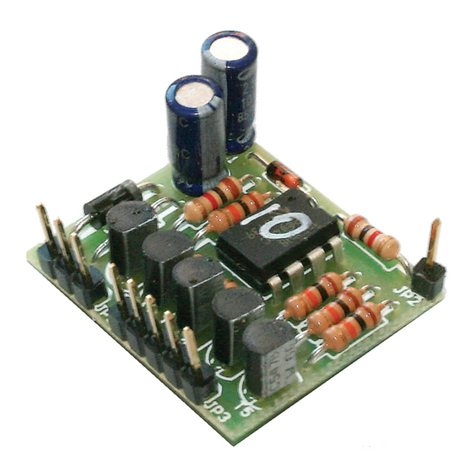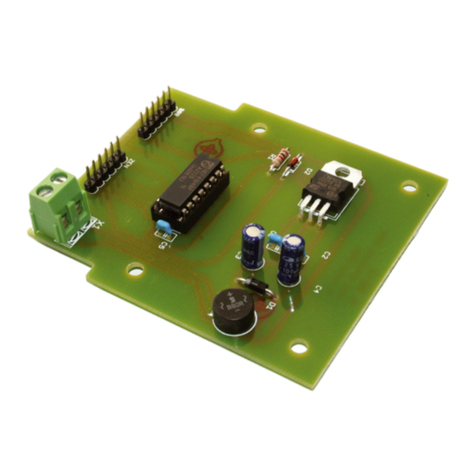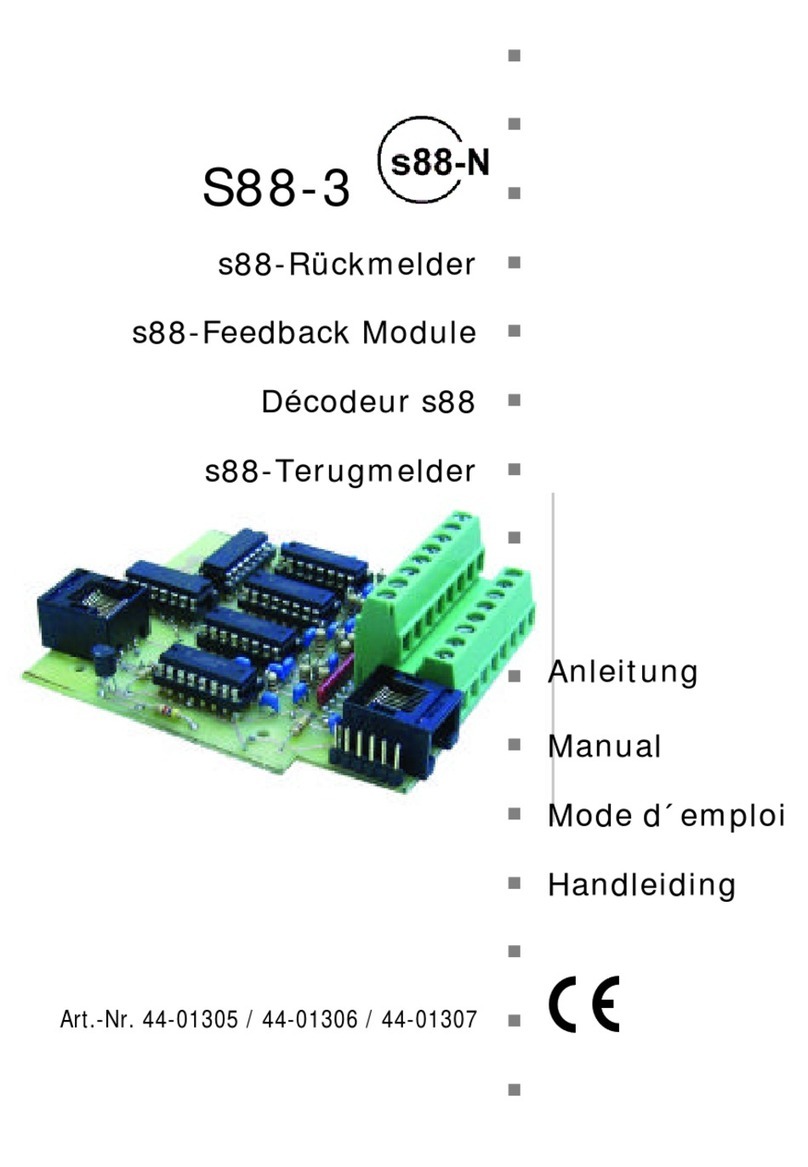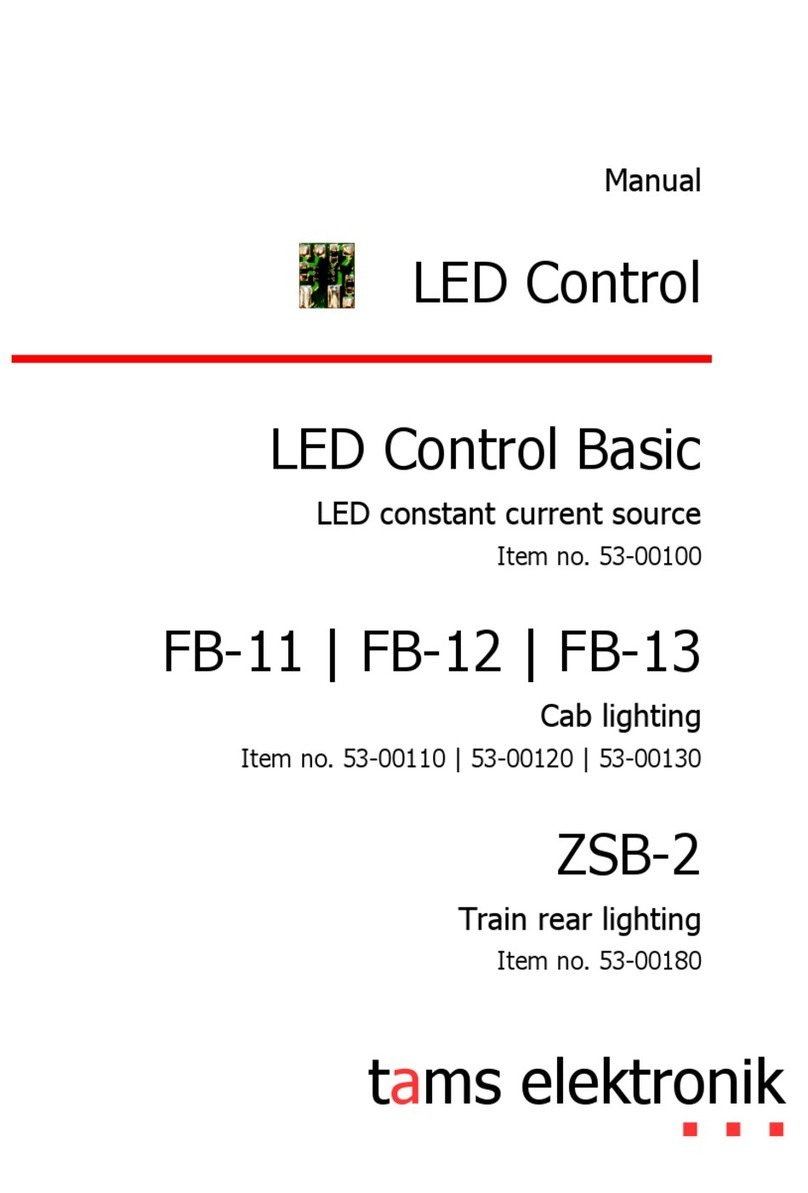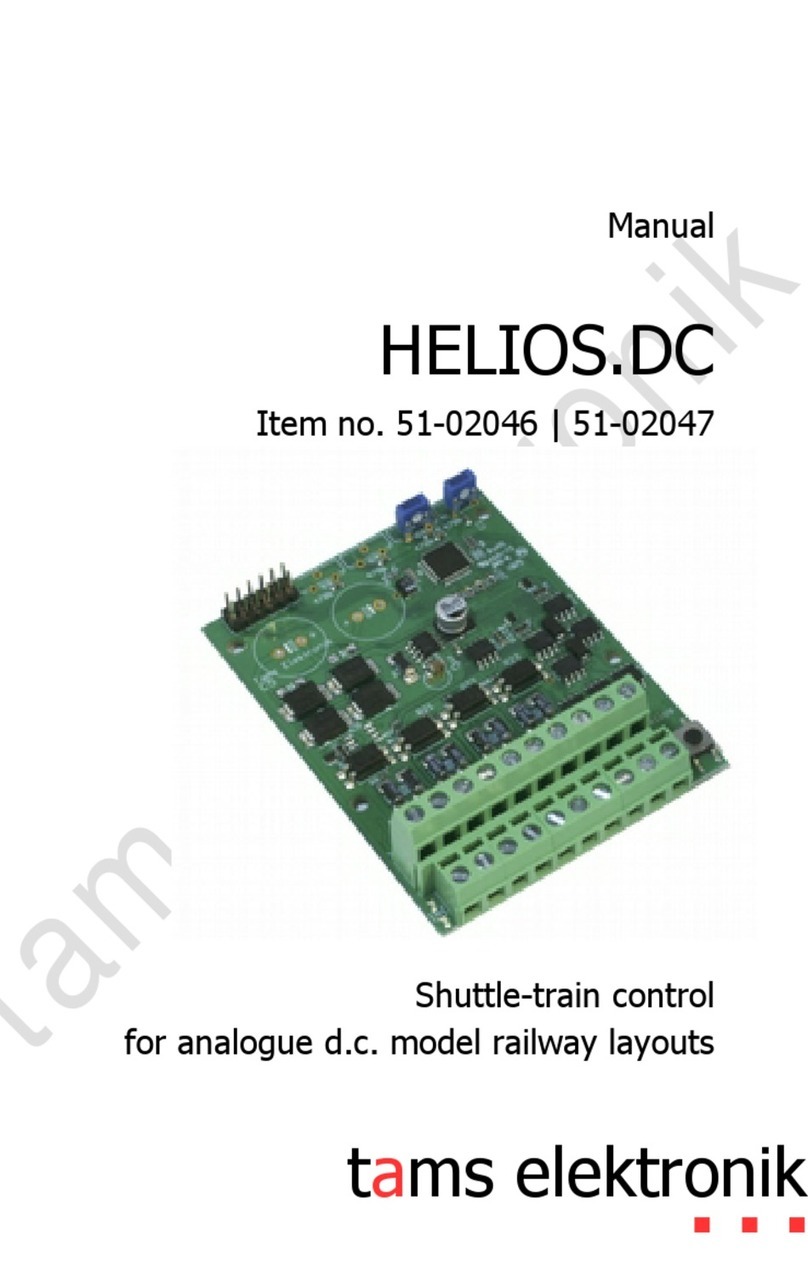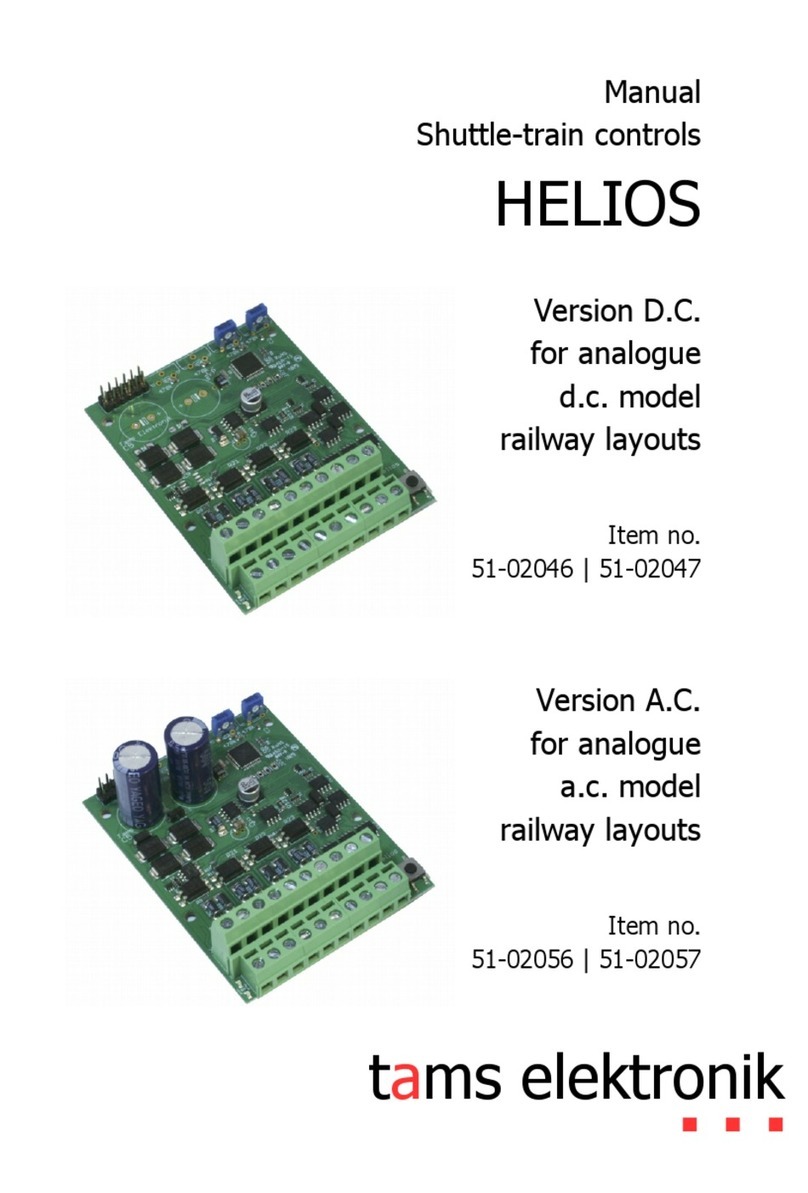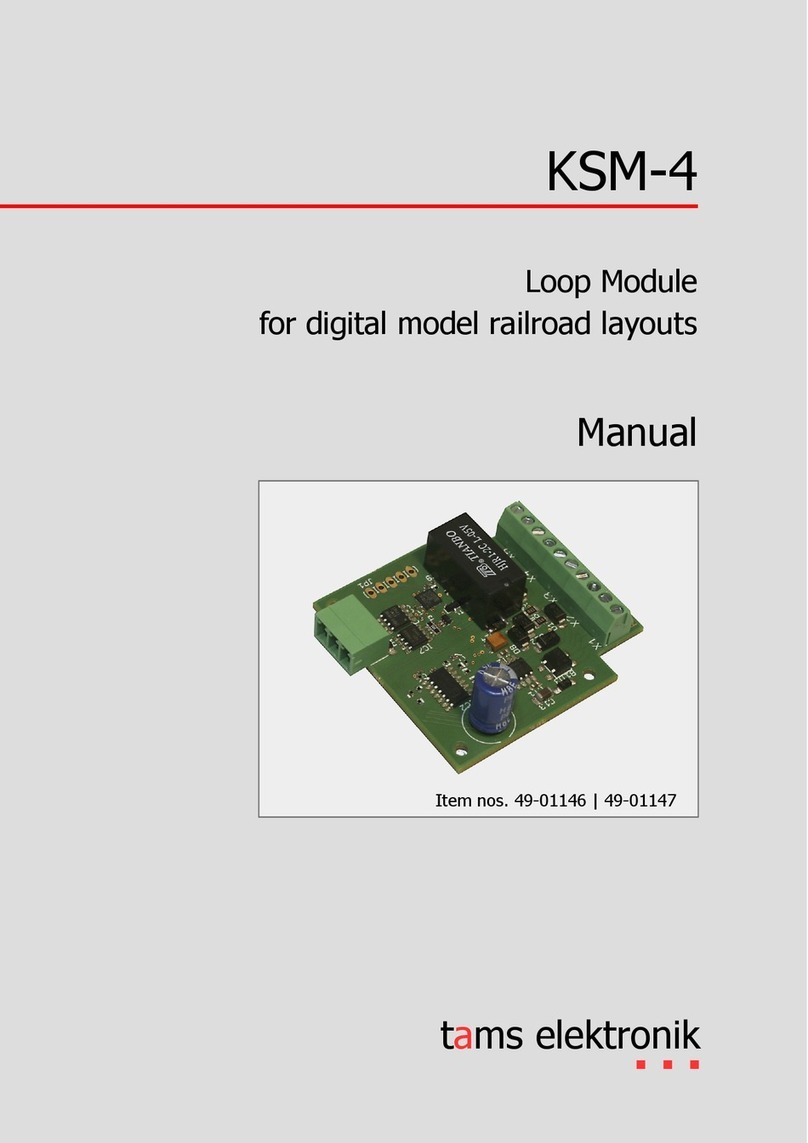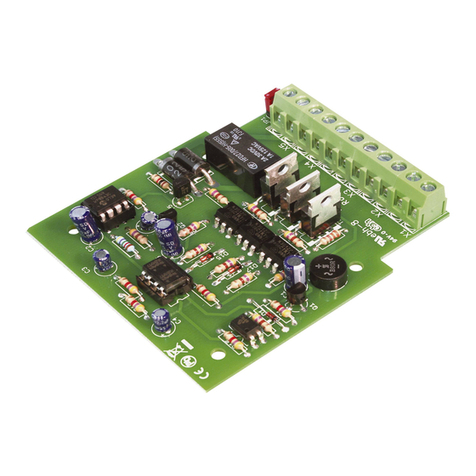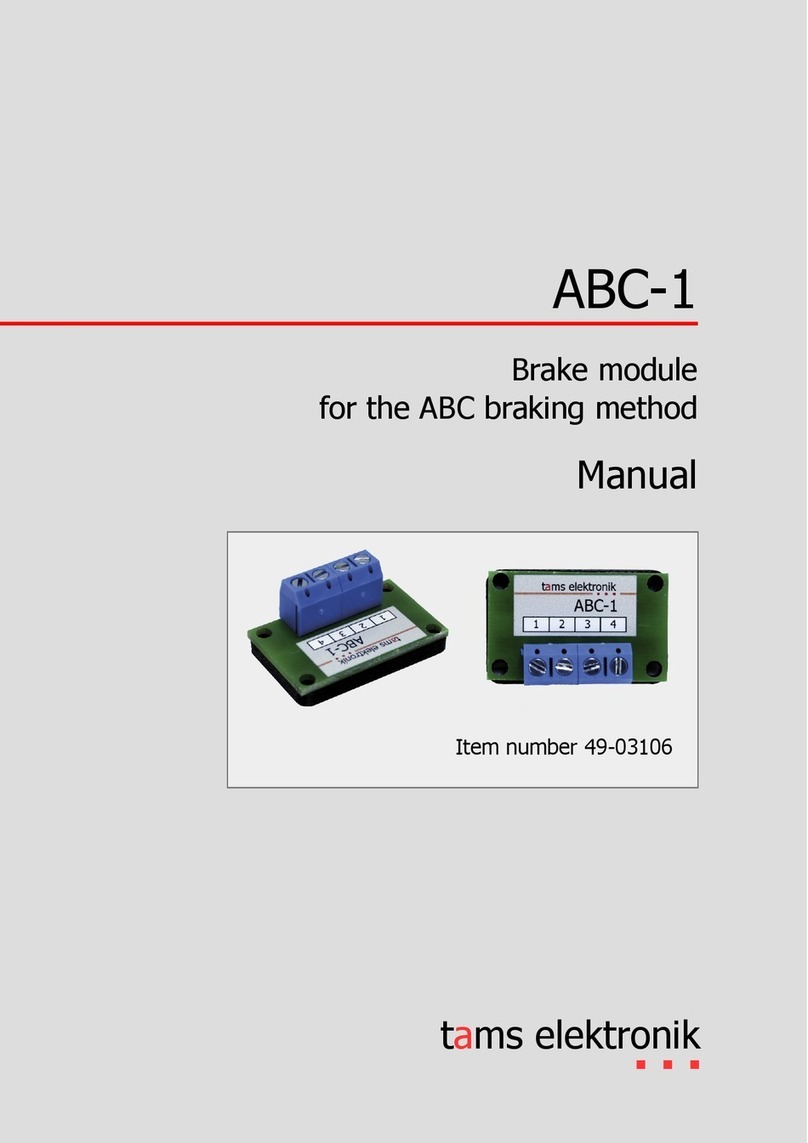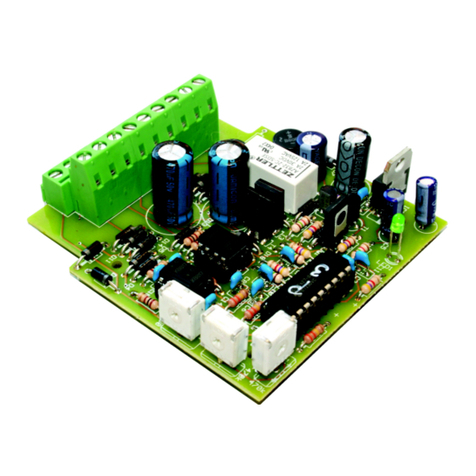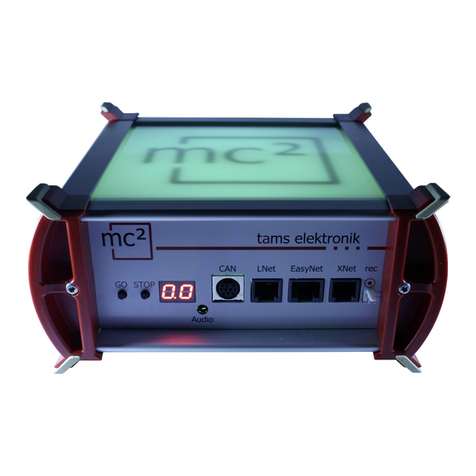S88-4 nglish
In schools, training centres, clubs and workshops, assembly must be
supervised by qualified personnel.
In industrial institutions, health and safety regulations applying to
electronic work must be adhered to.
3. Safe and correct soldering
Caution:
Incorrect soldering can cause dangers through fires and heat. Avoid
these dangers by reading and following the directions given in the
chapter Safety instructions.
Use a small soldering iron with max. 30 Watt or a regulated
soldering iron.
Only use electronic tin solder with flux.
When soldering electronic circuits never use soldering-water or
soldering grease. They contain acids that can corrode components
and copper tracks.
Insert the component connecting pins into the PCB´s holes as far as
possible without force. The components should be close to the
PCB`s surface.
Observe correct polarity orientation of the parts before soldering.
Solder quickly: holding the iron on the joints longer than necessary
can destroy components and can damage copper tracks or soldering
eyes.
Apply the soldering tip to the soldering spot in such a way that the
part and the soldering eye are heated at the same time.
Simultaneously add solder (not too much). As soon as the solder
becomes liquid take it away. Hold the soldering tip at the spot for a
few seconds so that the solder flows into the joint, then remove the
soldering iron.
Do not move the component for about 5 seconds after soldering.
Page 7

